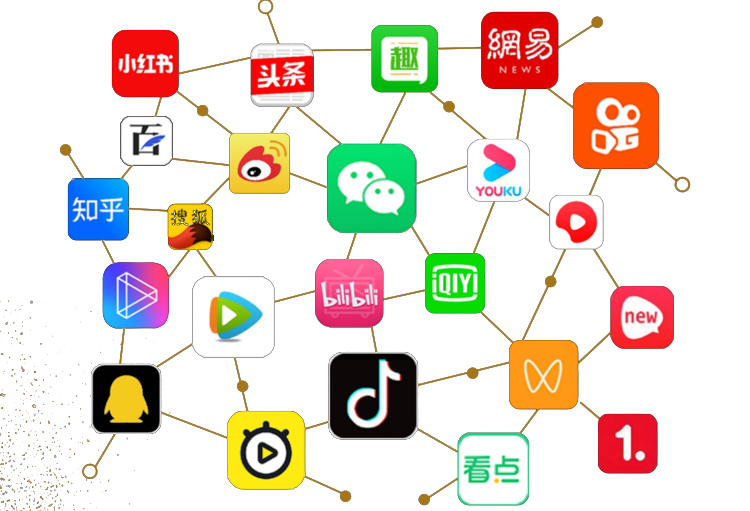How understanding the Chinese consumer journey path can lead to more purchases in China

- First, consumers will directly go to an e-commerce website, such as Amazon, or a brand's website with a specific item in mind.
- Then they will narrow their search by categories, such as product, style, colour, size etc.
- Last, purchase. The payment page is automatically completed with shipping and billing information to speed up the checkout process.
- Done! The online shopping experience is quick, easy, and convenient.

1. Discovery & Awareness
2. Evaluation

3. Decision
4. Post-sales Service
As China has a more developed e-commerce infrastructure than most in the West, Chinese consumers have higher expectations regarding post-sales services.
This includes short delivery times, immediate responses to inquiries, easy and flexible exchange and refund processes and policies etc.

5. Advocacy
Chinese customers like to share their product reviews after buying it, just as much as they rely on other people's opinions before making their purchase. This has further integrated social media and e-commerce into the consumer journey. Also, when a company can curate positive customer experiences, it can lead to repurchases and new purchases.
Chinese consumers are increasingly digital, and their journey is constantly changing. E-commerce and social media are becoming more intertwined by the day. The most important thing for your success in China is to be familiar with the Chinese consumer journey. Brands need to understand how each stage affects their ability to engage with customers over time — and how they can adapt their marketing strategies accordingly. By understanding this concept, you can help you make well-informed decisions on how to reach your customers and how to use content and create more relevant messages for your target consumer.
In summary, you need to adapt your content marketing approach as you find where to target within the Chinese consumers' journey to have a greater impact on buying decisions.
Contact Duhno to understand your audience consumer’s journey and create relevant content at each stage of their path.
